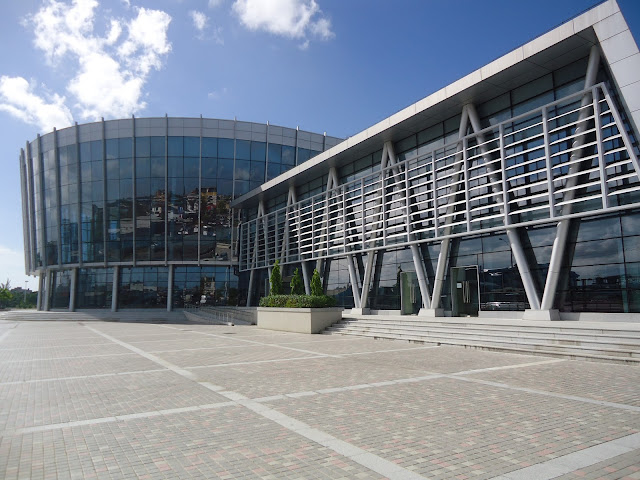From my previous posts it can be
observed that many of them are associated with social aspects that relate to
the urban nightlife, this blog is similar and takes the same pattern. Drug use in
urban areas has always presented itself as a negative characteristic associated
with such areas. There are many reasons why people resort to drug use. A major
reason is through curiosity, drugs are a frequent topic of conversation and
most people have friends or acquaintances that use them. Curiosity is almost
part of human nature, many people, especially young people, are curious about
drugs and how they make a person feel, this can be one of the most important
factors that lead to drug use as some of these users may continue using drugs
after experiencing its effects. Another reason may be through social pressure,
this has a very strong impact on many people as they may feel pressured to drink
alcohol or use illegal drugs. There are certain social groups, which make drugs
seem fashionable or trendy. In these groups, using is the key to belonging;
anyone who abstains will be excluded. Because some people are desperate to find
a place to fit in, they go along with it. Drug use may also be associated with
pleasure as some individuals obtain a ‘high’ from it and use it as a form of
relaxation and euphoria. The media often plays a big role in the persuasion of
people into using drugs as it is sometimes glorified. This will affect how
people view the issue, even if it is subconsciously. The media may promote
drugs as being an acceptable social activity and a way to achieve success.
People also take drugs as a result of a low self-esteem and these substances
make them feel good about themselves. Emotional problems such as anger, stress,
anxiety, depression and even boredom are also significant contributors as to
the reasons people use drugs. Scientific research shows in many cases young
adults that frequent nightclubs and also parties and dance events are more
likely to use more drugs when compared to the general population that used
drugs for other reasons (Hunt et al 2010). The most popular party drugs include
Alcohol, Cannabis, Ecstasy, Cocaine, Amphetamine and GHB. I can even relate to
many instances of going out to popular urban nightclubs and seeing people using
these illicit drugs and reflecting as to the implications they may possibly
have on such persons and the fact that the availability of some of these drugs
are sometimes just a phone call away.
Read more:
Hunt, Geoffrey, Molly Moloney, and Kristin Evans. Youth,
drugs, and nightlife. New York, NY: Routledge,
2010.
Listen:
Sizzla- Smoke Marijuana
http://www.youtube.com/watch?v=rgjrcSQsuro





